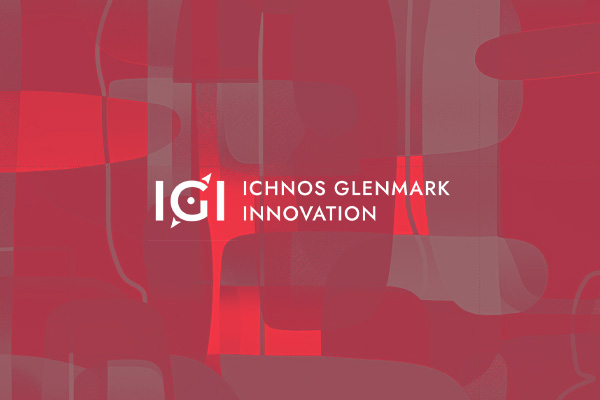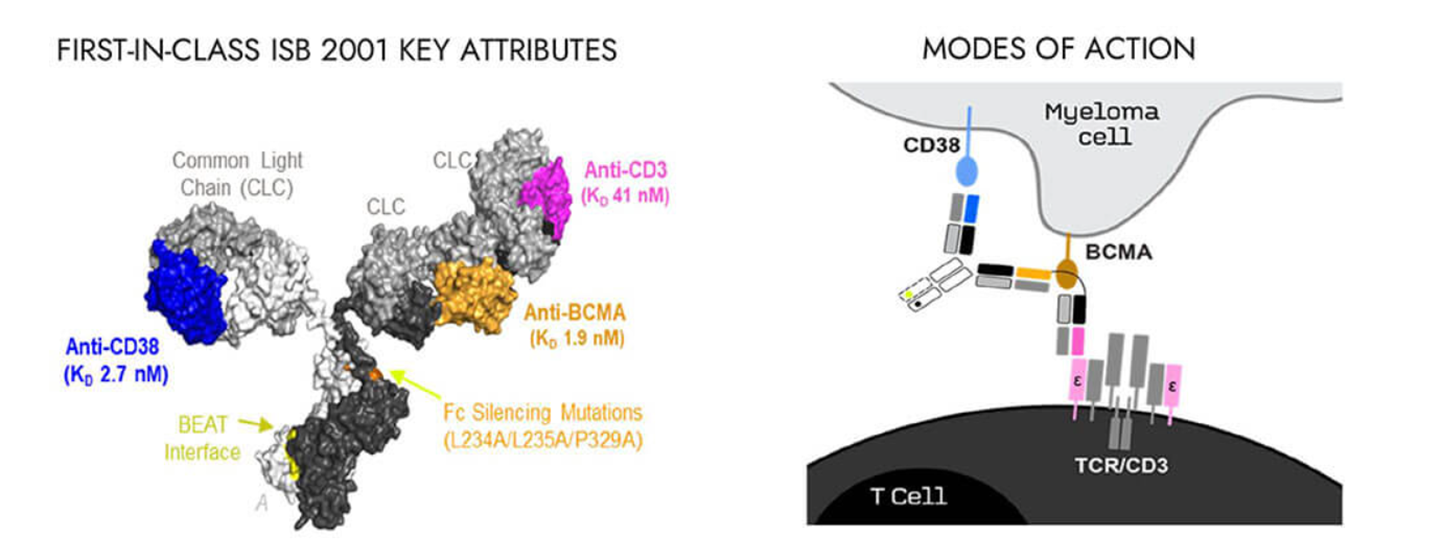
Multiple myeloma, the second most common blood cancer, affects an estimated 160,000 individuals annually worldwide (Ludwig et al. 2020). Despite advancements in therapies like monoclonal antibodies and T-cell engages (TCEs), patients with relapsed or refractory multiple myeloma frequently face disease progression.
Ichnos Glenmark Innovation (IGI), a clinical-stage biotechnology company based in New York, is at the forefront of innovation in oncology. IGI focuses on developing cutting-edge biologics, powered by its proprietary BEAT® technology, to treat complex diseases holistically. A notable development in their pipeline is ISB 2001, a tri-specific antibody targeting BCMA and CD38, with the ability to redirect CD3+ T lymphocytes to attack tumor cells. This approach promises to overcome drug resistance commonly observed in multiple myeloma patients.
Connect with the QSP experts
Connect with Certara to discuss how QSP services can accelerate your drug development program. Our team of experts is ready to provide tailored solutions for your specific needs.



